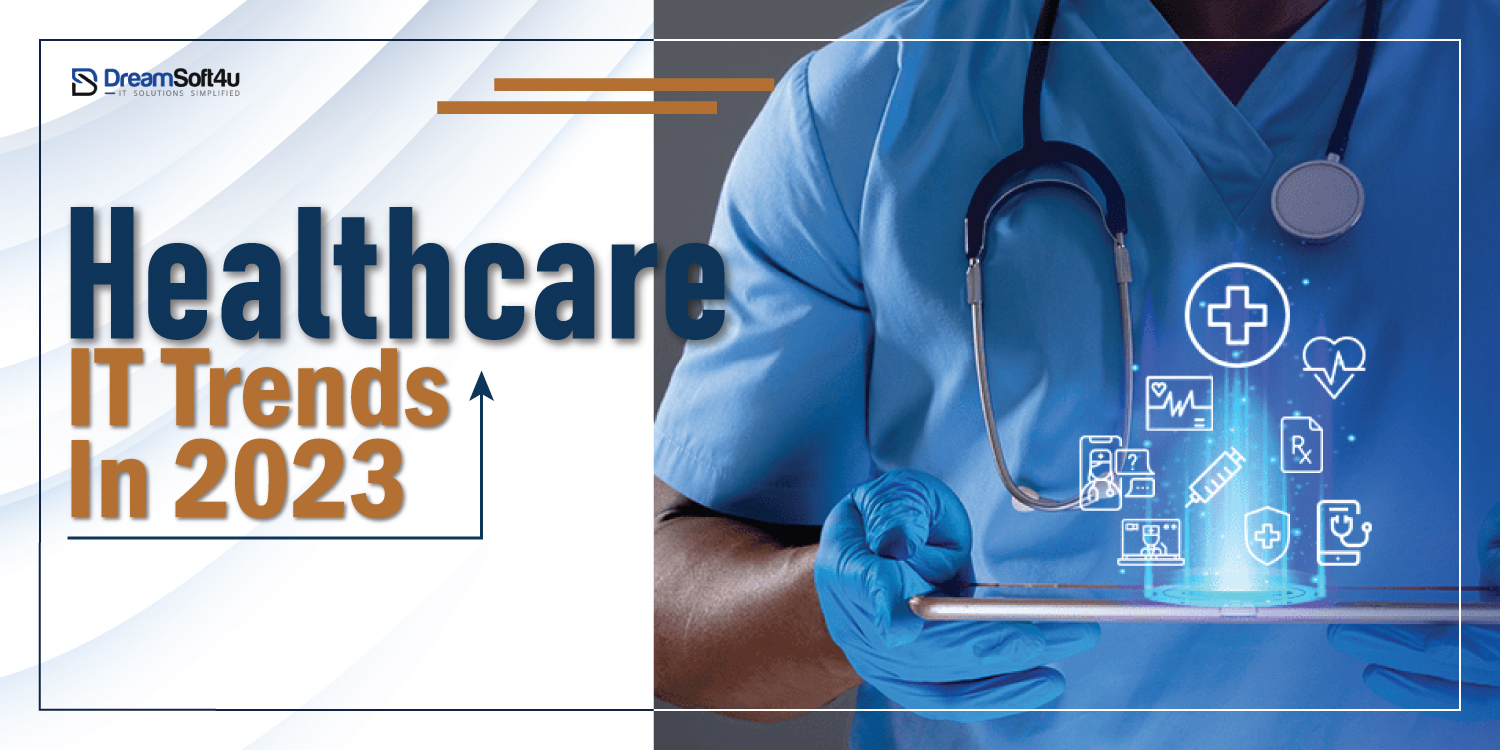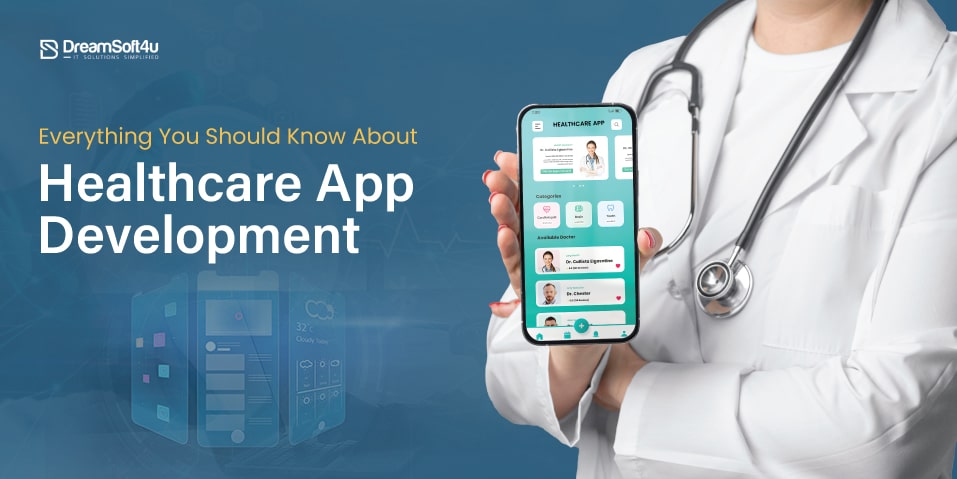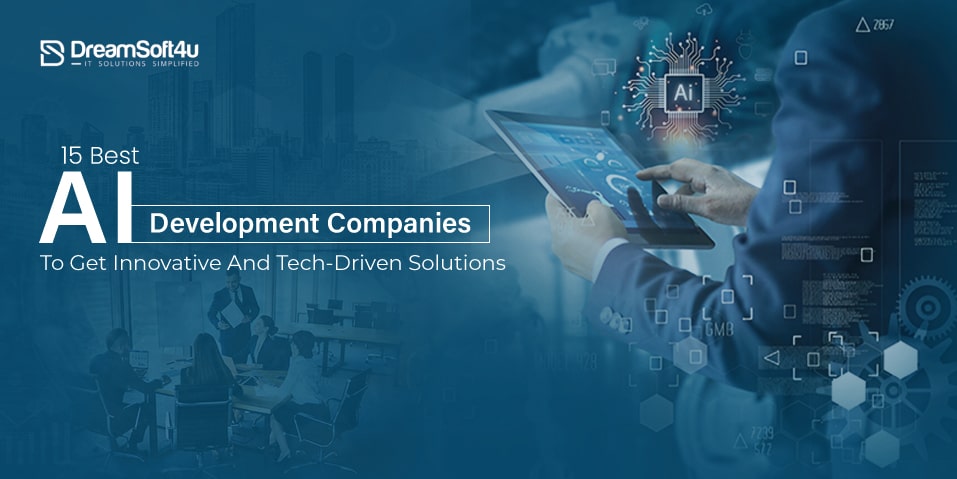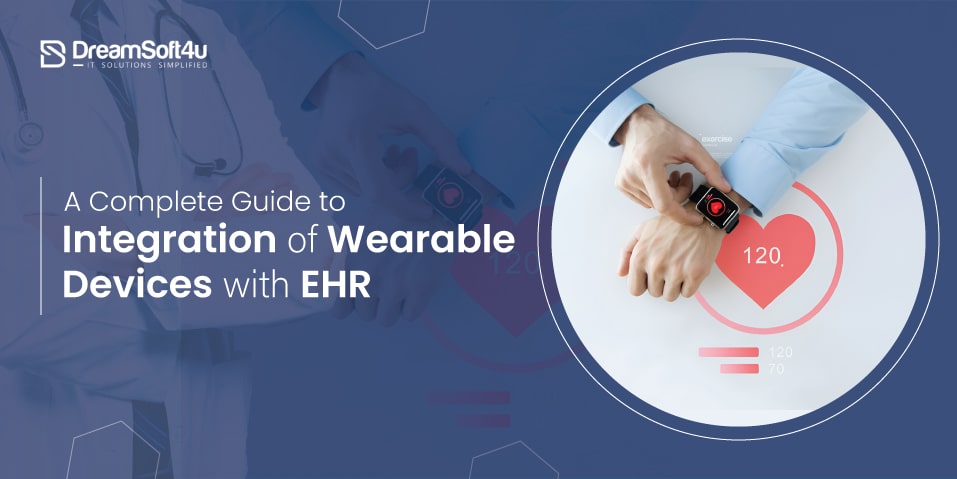A Healthcare IT trends is constantly adapting to meet healthcare providers’ changing needs. The healthcare industry is searching for ways of remotely treating patients, detecting and preventing illness, increasing the productivity of hospitals, and addressing problems related to safety and software skill shortages. Healthcare technology is an ever-evolving sector and there are plenty of developments and improvements that will affect healthcare in 2020 and beyond. The demand for healthcare IT trends is booming dramatically.
Here are some latest trends in healthcare 2020:
Table of Contents
ToggleTrend #1: Telemedicine
Telemedicine evolution is one of the major sources of rapid change in the health-care system in the US. Telemedicine is rapidly proving transformational in a wide country where access to providers is limited. According to the 2017 Report of Medical Appointment Wait Times and Medicare and Medicaid Acceptance Rates, underserved populations in urban areas also face issues resulting from wait times that have risen from 18.5 to 24 days from 2014. Telemedicine increases diagnosis and care by making access to experts simpler for patients, too. Also, the availability of electronic records has made it simpler for specialists to forward documents. This can mean the difference, in rural areas, between having or not having expert input into a case.
Trend #2: The Internet of Medical Things (IoMT)
The market for wearable medical devices is expected to reach more than $27 million by 2023 according to a recent report. There will be roughly 20-30 IoMT devices in 2020.
The integration of IoT and telemedicine has resulted in a range of wearable devices and smartphone applications for monitoring and preventing disease. IoMT covers a number of smart devices: ECG, EKG monitors, smart beds, wireless inhalers, and many more.
IoMT lets doctors focus on prevention above all else. Instead of doing a once-a-year check-up, patients can receive more regular health updates. As a result, healthcare providers have access to real-time health monitoring of high-risk patients through wearable tech.
Providing consistent communication within the Internet of Things devices ecosystem is the industry’s biggest challenge nowadays. The devices generate massive amounts of data, and their handling creates a problem for producers who rely on proprietary protocols. Plus, the industry has yet to address the slow and failed connections.
Trend #3: 3D Printing
3D printing technology supports manufacturing, design, and prototyping sectors in the healthcare field.
3D printing will also play a crucial role in dentistry and orthodontics, as well as in surgery in 2020. Through 3D printing, physicians can replicate specific organs and drill guides, and prosthetics can also create patient-specific replicas of bones, organs, and blood vessels for their patients to help doctors prepare for procedures. This would make the development of safe prosthetic limbs as well as the printing of tissues and organs for transplant simpler and more cost-efficient.
Trend #4: Remote Patient Monitoring
Remote Patient Monitoring is another important cloud-based application that uses smart wearables and biosensors to help track individuals in real-time. These solutions help to monitor vital stats remotely and alert a care provider proactively in a scenario where anomalies are observed.
In cases of heart attacks or other health-related emergencies, medical paramedics will arrive at the doorway. It will be activated with the Healthcare Provider getting automatic triggers running.
Trend #5: Blockchain and Data Security
The enormous volume of health data generated from wearables and sensors has brought new challenges such as interoperability, data integrity, security, and privacy to rise. By placing the patient in the middle of the healthcare ecosystem, blockchain can help solve these challenges and, in turn, will help the patient gain more control over their health data. When it comes to EHRs, blockchain can help avoid changes or stolen patient data by the use of a special security protocol.
Trend #6: Artificial Intelligence
You’ve probably seen this one coming. It’s no secret that AI is becoming increasingly common across industries, but especially in healthcare. Artificial intelligence has multiple applications in healthcare environments, from being used in treatments to designing treatment plans.
For example, an emergency care facility may use AI to allow patients to respond electronically to questions about themselves. Instead, this knowledge can be used to decide if the patient is in the right place — maybe they will be better treated in an emergency room or retail clinic instead. This tool can ensure that you spend your time serving patients in need of your help, and it can help others get the best care possible, rather than sitting in a waiting room.
Trend #7: Chatbots
Using AI-backed messaging and voice systems to deal with routine queries can help organizations realize cost savings. In healthcare, the ability to deal with easily diagnosed problems enables professionals to focus on matters that may require a physician’s full attention. Patients also benefit from the feeling that questions were simply put to the test.
Practices dealing with older patients may also benefit from chatbots. A character can be developed which will serve as a friendly reminder assistant. The assistant can even warn of potential drug interactions by connecting with other technologies, such as analytics and AI.
Chatbots are already revolutionizing the business world, and they can also be predicted to be a major part of the digital healthcare transition. Any of the threats need to be paid attention to. Automated systems should not be seen as replacements for expert opinions, especially when the risks involve patient threats.
Last Words…
DreamSoft4U Pvt Ltd works for the Healthcare IT Service Provider in India. Our best services include Telemedicine App Development, EMR Integration and also have best practices in Wearable App Development for the healthcare purpose. We feel proud to say that we work for our India, USA, Australia, and UAE based clients.










